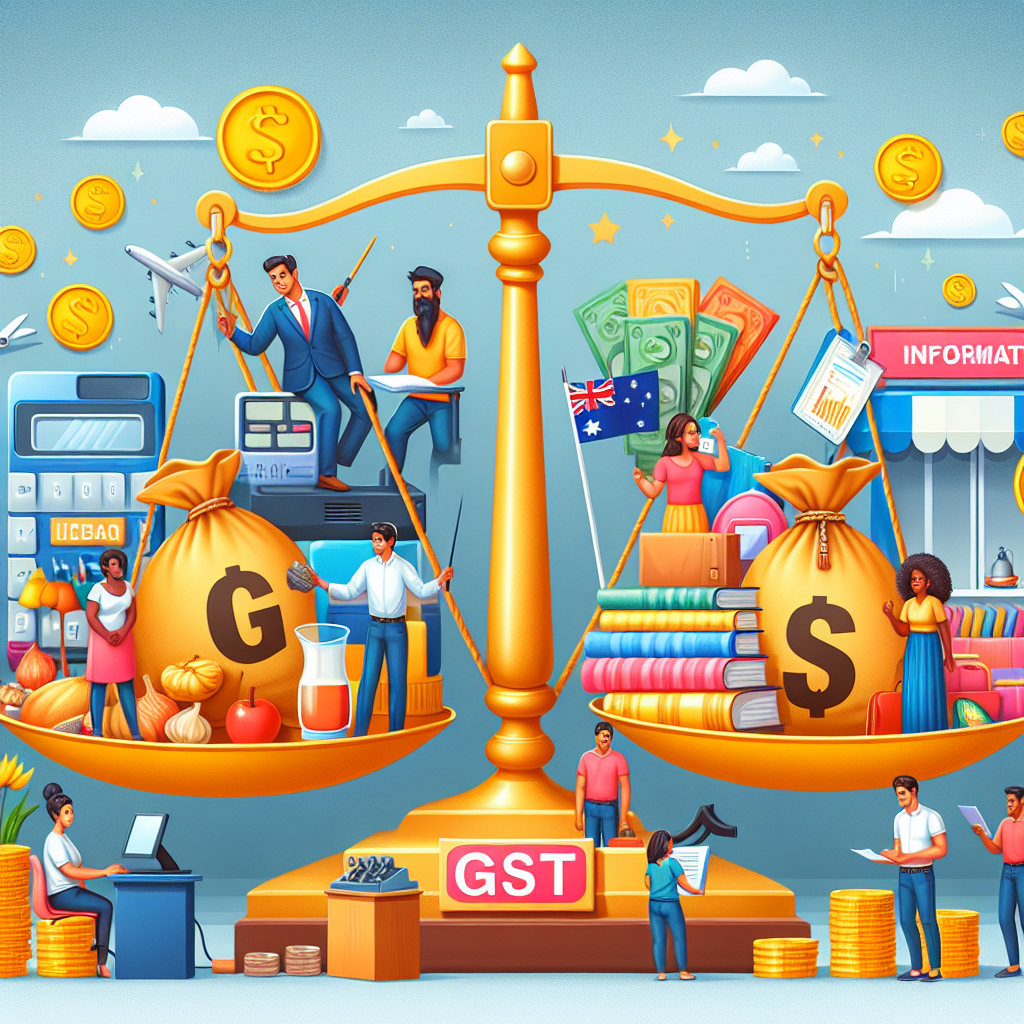Seven Years of GST: Streamlining Taxes and Challenges Ahead
Introduced seven years ago, GST has simplified compliance, increased tax revenues, and raised states' incomes. Despite these gains, fake invoices and fraudulent registrations remain significant challenges. The number of taxpayers has grown substantially, and average monthly revenues have seen a significant increase. However, efforts to curb tax evasion continue to be a priority.

- Country:
- India
Seven years since its introduction, the Goods and Services Tax (GST) has remarkably simplified compliance, augmented tax buoyancy, and escalated state revenues. However, the persistence of fake invoices and fraudulent registrations poses ongoing challenges for policymakers intent on curbing tax evasion.
Launched on July 1, 2017, GST consolidated 17 taxes and 13 cesses into a five-tier structure, easing the tax landscape. The threshold for registration saw a significant rise to Rs 40 lakh for goods and Rs 20 lakh for services, compared to Rs 5 lakh average under the VAT regime.
The number of registered taxpayers has surged to 1.46 crore from 65 lakh in 2017. Monthly GST revenues have nearly doubled, leaping from Rs 90,000 crore in 2017-18 to Rs 1.90 lakh crore in 2024-25. According to government data, tax buoyancy improved from 0.72 pre-GST to 1.22 in 2018-23, and state revenues have remained robust despite the cessation of compensation.
(This story has not been edited by Devdiscourse staff and is auto-generated from a syndicated feed.)










